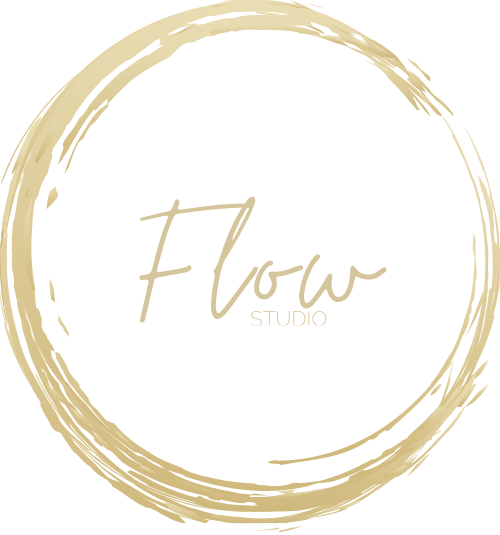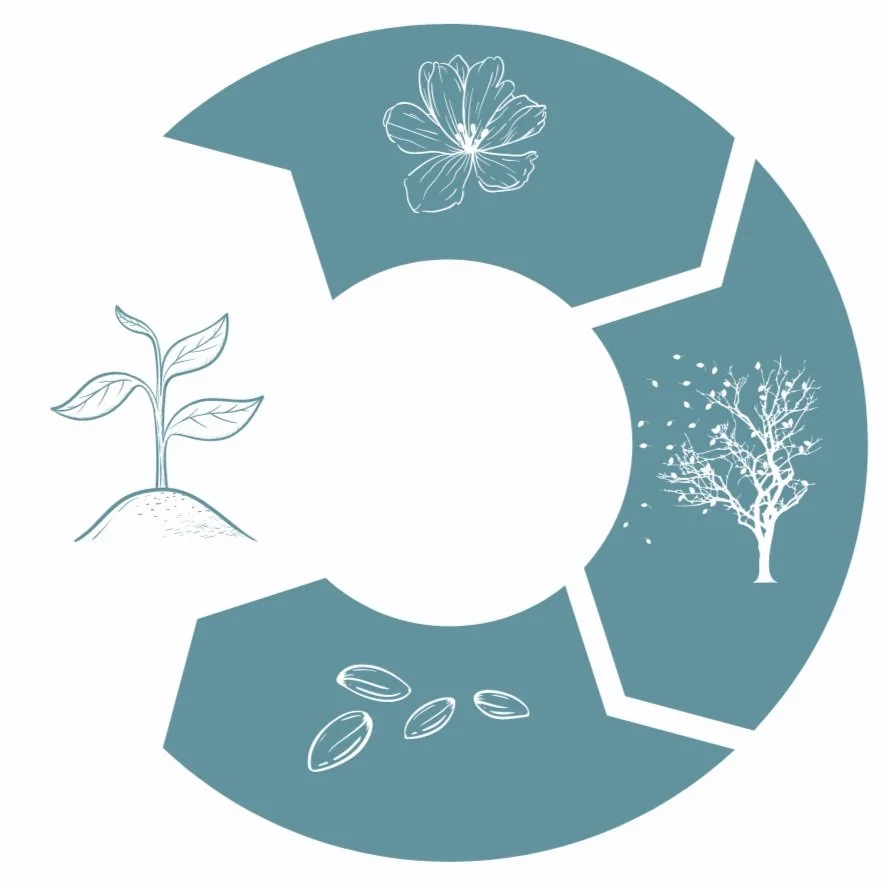yoga by flow design
finding flow through yoga
Embark on a transformative journey as we explore the concept of 'Finding Flow' through the practice of yoga. Delve into the harmonious rhythm of mind, body, and spirit for a life of positive change and meaningful progress.
ALIGN
Let us breathe in the fresh energy of spring, let go of what no longer serves us, and open ourselves to the possibilities that lie ahead.
Yogapractice
Regulate
Centering and Grounding: Begin the class with centering and grounding participants, bringing attention to breath and body alignment.
Pranayama Warm-Up: Introduce pranayama techniques, such as Ujjayi breath, to regulate and deepen the breath.
Gentle Warm-Up Asanas: Lead participants through a series of gentle warm-up asanas to prepare the body for the practice.
Observe
Mindful Sun Salutations (Surya Namaskar): Guide participants through mindful Sun Salutations, encouraging awareness of breath and movement.
Asana Flow with Awareness: Progress through a series of asanas mindfully, emphasizing proper alignment and encouraging participants to observe sensations.
Guided Meditation in Motion: Integrate moments of guided meditation in motion, allowing participants to connect with the present moment.
Connect
Yoga of Connection (Bhakti Yoga): Share a brief talk on the yoga of connection (Bhakti Yoga), emphasizing the interconnectedness of all beings.
Heal and Transform
Heart-Opening Sequences (Backbends): Integrate heart-opening sequences with backbends to encourage emotional release and transformation.
Yin or Restorative Yoga Poses: Guide participants through yin or restorative yoga poses, allowing for deep relaxation and healing.
Mantra Chanting: Include mantra chanting or affirmations to support the transformative process.
Restore
Restorative Poses with Props: Conclude the class with restorative poses, incorporating props to facilitate relaxation and restoration.
Guided Savasana: Guide participants through a relaxation sequence in Savasana, allowing them to fully absorb the benefits of the practice.
Gratitude Closing (Dhyana): Close the class with a brief gratitude meditation, acknowledging the practice and the shared experience.
This cyclic structure provides a well-balanced yoga class that addresses physical, mental, and emotional aspects of well-being. The goal is to create a holistic and transformative experience that goes beyond the physical practice of yo
Principles for yogapractice
By encompassing these principles, the yogapractice becomes a transformative journey that addresses the multidimensional nature of human existence, fostering holistic well-being and self-discovery.
Holistic Integration
Sequencing: Design sequences that seamlessly integrate physical, physiological, psychological, emotional, spiritual, and existential elements.
Flow Fusion: Emphasize the concept of "Flow Fusion," where the practice becomes a harmonious integration of qualities and actions within a space defined by meaning, love, and awareness.
Intention Setting
Clear Intentions: Begin each session with a clear intention, allowing practitioners to align their practice with personal goals and aspirations.
Reflective Practices
Journaling: Suggest journaling as a reflective practice to explore the impact of the yogapractice on different aspects of life.
Group Sharing: Facilitate group sharing sessions to create a supportive community for reflection and growth.
Adaptability
Individualization: Encourage practitioners to adapt the practice to their individual needs, considering their unique physical and emotional states.
Modifications: Provide variations and modifications to accommodate different levels of experience and physical abilities.
Physical Principles
Asanas (Yoga Poses): Include a variety of asanas to promote flexibility, strength, and balance.
Dynamic Movement: Integrate dynamic sequences to improve circulation and enhance overall physical health.
Alignment Focus: Emphasize proper alignment to prevent injuries and optimize the benefits of each pose.
Physiological Principles
Pranayama (Breath Control): Incorporate pranayama techniques to enhance respiratory function, increase energy, and calm the nervous system.
Somatic Awareness: Cultivate awareness of bodily sensations and the interconnectedness of physiological processes during practice.
Psychological Principles
Mindfulness Practices: Integrate mindfulness into the practice to develop focused attention and present-moment awareness.
Cognitive Reflection: Include moments of cognitive reflection, encouraging practitioners to observe and release mental patterns.
Spiritual Principles
Meditation: Include meditation practices to deepen the spiritual aspect of the yogapractice.
Mantras and Affirmations: Integrate mantras or affirmations to connect with spiritual themes and cultivate positive energy.
Existential Principles
Life Purpose Reflection: Provide moments for contemplation on life purpose and existential questions.
Philosophy: Introduce foundational philosophies that explore the nature of existence, self-realization, and interconnectedness.


